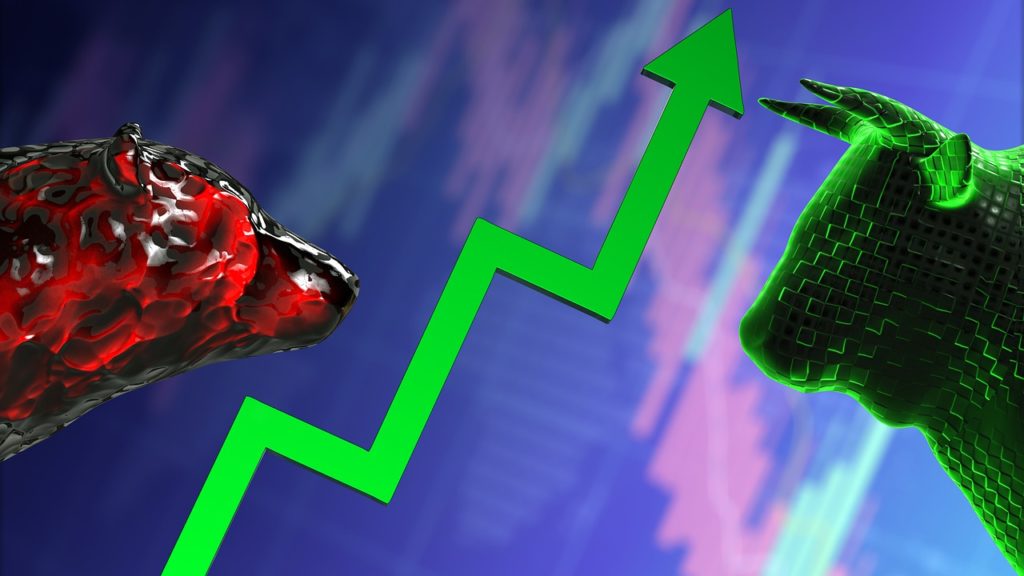In the last month, BitcoinBitcoin is the first decentralized digital currency. It was created in 2009, by an anonymous founder or group of founders... More (BTCAn abbreviation for Bitcoin.) has lost over 35% of its value. A lot of (retail) investors are panic-selling, especially considering that the last All-Time-High was on April 14, 2021, with $64,863 per coin. By now, BTC is struggling to reach $40,000 again. There’ve been huge losses in recent weeks, but not everything is bad news. The bullish Bitcoin market may continue, despite China or Tesla.
According to the analytics firm Ecoinometrics, this price cut is, actually, a usual trend after halvings. These are programmed reductions of the rewards for miners, and the Bitcoin price exhibits certain patterns of behavior afterward. Even a year later, like it’s the case now.
“The interesting thing is that this kind of dip is not completely unheard of during a post-halving bull market. Back in 2013, BTC rose very fast after the halving before spending almost 200 days in a drawdown that bottomed at 69% from the all-time high (…) what we know is that there is a macro trend that drives more and more money to Bitcoin.”
This firm also assures that Bitcoin still has space “to grow 4x to 17x” soon. Other analysts are aiming to over $100,000 by next summer. For its part, the firm Glassnode stated in a recent report that only the short-term holders have lost money in this dip. Generally, the long-term holders of Bitcoin are resisting and showing profits.

Tesla rejecting Bitcoin due to environmental concerns is one of the most likely reasons behind the crash. Another important reason behind this is the recent anti-Bitcoin measures applied by China during last week.
China strikes on Bitcoin again
The Chinese government never had a totally friendly relationship with cryptocurrencies. Since 2017, Initial Coin Offerings (ICOs) and cryptocurrencyA digital currency running on a blockchain and built with cryptography. Contrary to central-bank issued currency, cryptocurrency issuance rules are... More exchanges are banned in the territory. This, even though, as indicated by Chainalysis, “East Asia [and mostly China and Japan] is the world’s largest cryptocurrency market, accounting for 31% of all cryptocurrency transacted in the last 12 months”.
Now, according to Reuters, China has banned payment services with Bitcoin and cryptocurrencies for banks and other financial institutions. Besides, they’re also in the process to ban Bitcoin mining in Inner Mongolia, supposedly, to control energy consumption. If we check the Bitcoin Mining Map by Cambridge Centre for Alternative Finance, we’ll notice that this region is the third by Bitcoin mining in China.

That’s why there are some worries about possible network congestion in the next few days. Big Chinese miners are moving or disconnecting for good now, which means less hashA hash is a mathematical function that turns a set of data into a short string of random numbers and... More power for Bitcoin, slower and more expensive transactions. However, according to YCharts, the average Bitcoin transaction feeTo reward miners or validators for the work of ordering transactions and verifying blocks, a certain cost must be paid... More right now is decreasing, not increasing.
It’s important to notice that Bitcoin is still legal in China. Only the financial institutions and the miners located in Inner Mongolia are affected by the recent measures. Meanwhile, in the United States, Elon Musk himself along with Michael Saylor (MicroStrategy CEO) started a new initiative to mine Bitcoin only with renewables. That can be a really good sign for Bitcoin and other cryptocurrencies. They can be green.
Featured Image by 3D Animation Production Company / Pixabay
Wanna trade Bitcoin and other tokens? You can do it safely on Alfacash! And don’t forget we’re talking about this and a lot of other things on our social media.
Twitter * Telegram * Facebook * Instagram * Youtube * Vkontakte








